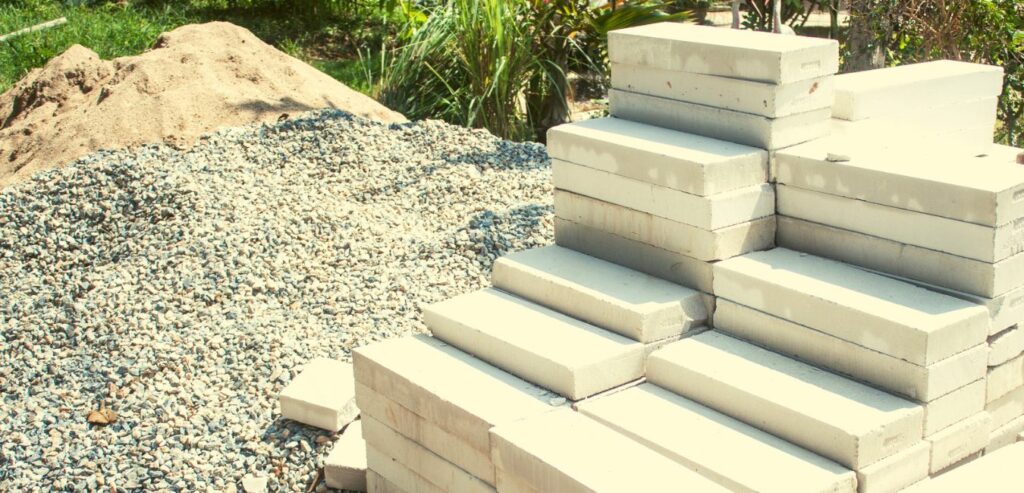When it comes to interior design and construction, the choice of ceiling materials plays a crucial role in both aesthetics and functionality. Among the myriad of options available, the quest for the lightest ceiling material has gained significant traction, especially in contemporary architecture where minimizing weight can lead to enhanced structural efficiency and reduced installation costs. This article delves into the characteristics, advantages, and applications of the lightest ceiling materials, providing a comprehensive guide for architects, builders, and homeowners alike.
Understanding the Importance of Ceiling Material Weight
The weight of ceiling materials can significantly influence various aspects of construction and design. Lighter materials can reduce the load on structural elements, allowing for more innovative designs and potentially lowering construction costs. Additionally, lighter ceilings can facilitate easier installation and maintenance, making them an attractive option for both residential and commercial projects.
Top Contenders for the Lightest Ceiling Materials
- Acoustic Panels
- Material Composition: Often made from fiberglass or foam, acoustic panels are designed to absorb sound and improve acoustics in a space.
- Weight: Typically weighing between 0.5 to 1.5 pounds per square foot, these panels are lightweight and easy to handle.
- Applications: Ideal for offices, schools, and auditoriums where sound control is essential.
- Gypsum Board (Drywall)
- Material Composition: Gypsum board consists of a core of gypsum sandwiched between two sheets of heavy paper.
- Weight: Standard 1/2-inch drywall weighs about 2.2 pounds per square foot, while lighter versions can weigh as little as 1.6 pounds per square foot.
- Applications: Commonly used in residential and commercial buildings for ceilings and walls due to its fire resistance and ease of installation.
- Mineral Fiber Tiles
- Material Composition: Made from natural or synthetic fibers, these tiles are often used in suspended ceiling systems.
- Weight: Mineral fiber tiles can weigh as little as 1.5 pounds per square foot.
- Applications: Frequently found in commercial spaces, these tiles offer excellent sound absorption and are available in various designs.
- PVC Ceiling Panels
- Material Composition: Polyvinyl chloride (PVC) panels are lightweight, durable, and resistant to moisture.
- Weight: These panels typically weigh around 1.2 to 1.8 pounds per square foot.
- Applications: Ideal for bathrooms, kitchens, and other moisture-prone areas, PVC panels are easy to clean and maintain.
- Aluminum Ceiling Tiles
- Material Composition: Aluminum tiles are lightweight, corrosion-resistant, and can be finished in various styles.
- Weight: Weighing approximately 1.5 pounds per square foot, they provide a modern aesthetic without the bulk.
- Applications: Perfect for contemporary spaces, these tiles are often used in commercial settings and high-end residential projects.
Factors to Consider When Choosing Ceiling Materials
When selecting the lightest ceiling material, several factors should be taken into account:
- Structural Support: Ensure that the chosen material aligns with the structural capabilities of the building. Lighter materials can reduce the load but must still meet safety standards.
- Acoustic Properties: Depending on the intended use of the space, consider materials that offer sound absorption or soundproofing capabilities.
- Moisture Resistance: In areas prone to humidity, such as bathrooms and kitchens, opt for materials that resist moisture and mold growth.
- Aesthetic Appeal: The visual impact of the ceiling material should complement the overall design of the space. Consider color, texture, and finish.
- Cost and Availability: Evaluate the budget and availability of materials in your region to ensure a practical choice.
Conclusion
The pursuit of the lightest ceiling material is not merely a trend but a reflection of the evolving needs of modern architecture and design. By understanding the various lightweight options available, professionals and homeowners can make informed decisions that enhance both the functionality and aesthetics of their spaces. Whether you opt for acoustic panels, gypsum board, mineral fiber tiles, PVC panels, or aluminum tiles, the right choice can lead to significant benefits in terms of installation ease, structural efficiency, and overall design appeal. As the industry continues to innovate, staying informed about the latest materials will ensure that your projects remain at the forefront of modern design.

